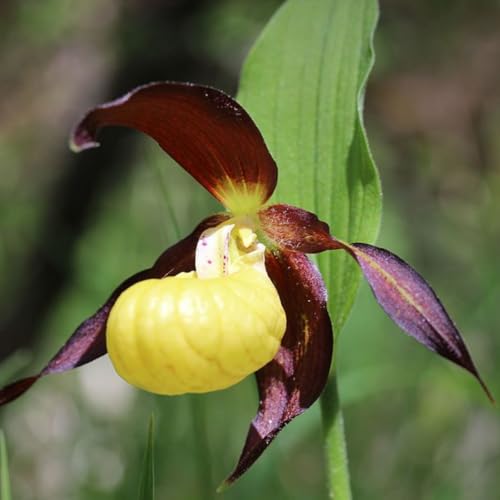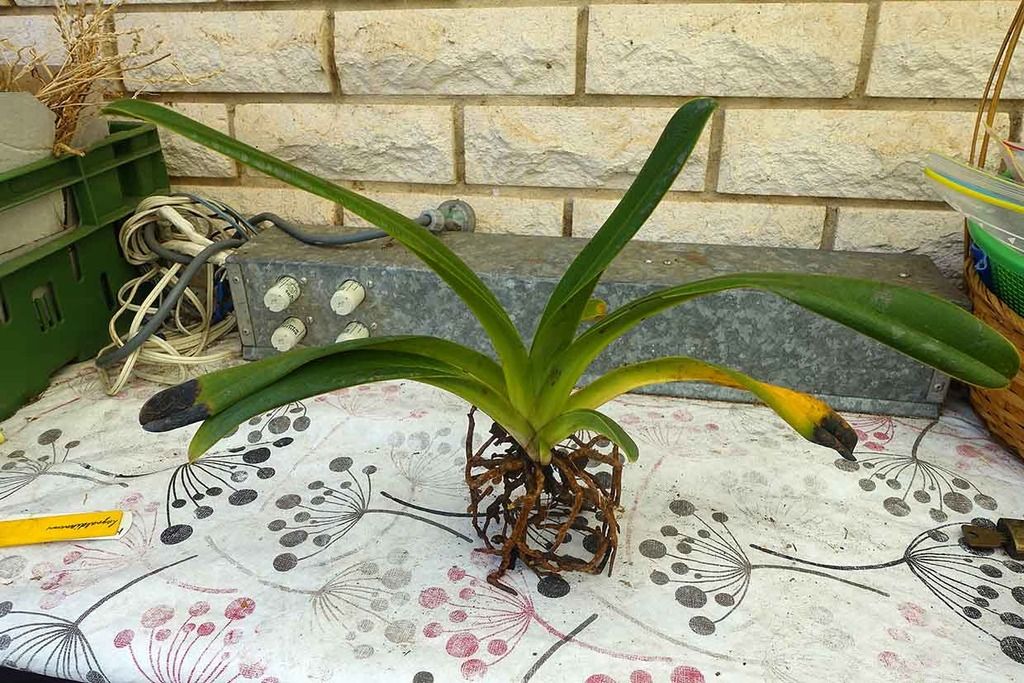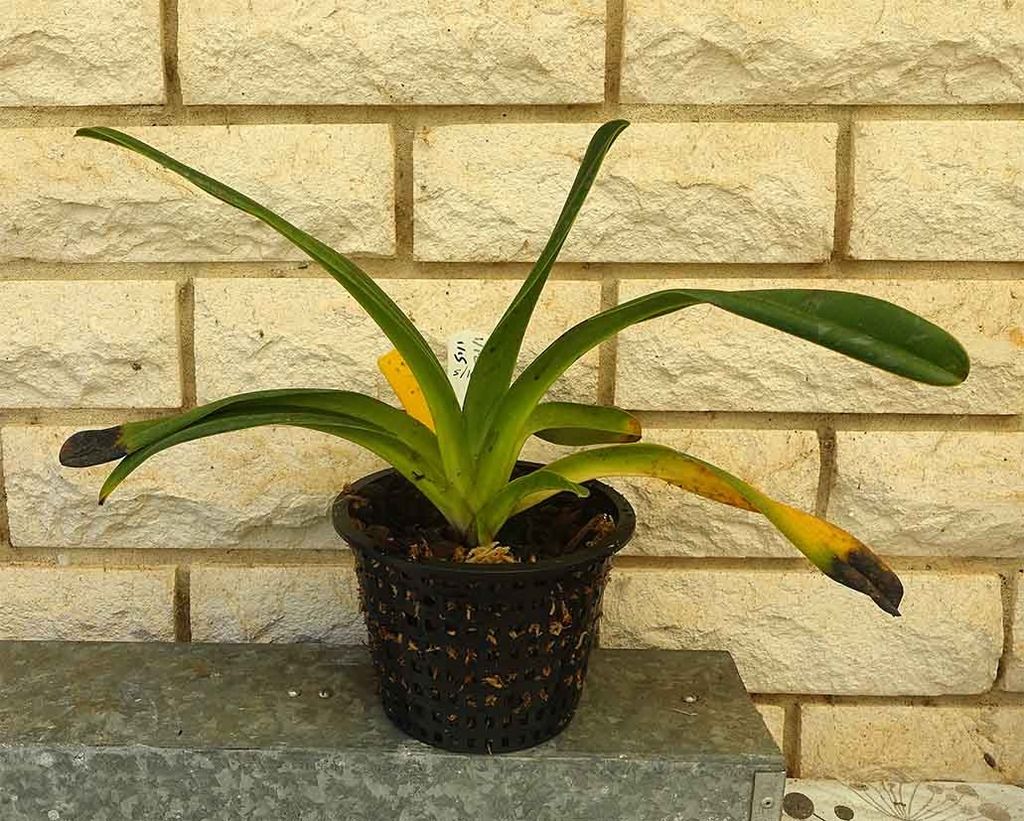Thanks again everyone!
So, I e-mailed Sam. I'll let you all know what he says.
Phraggy, thanks. My greenhouse is very humid for most of the year. I am always struggling to dry it out more. Plus, I'm a heavy waterer. I'd flood a plastic lined tray full of sand. However, I can get a heating matt. They come in varying lengths. I should try one and see if the plants I place on it grow faster.
I should say that I first tried using net pots as a result of reading Rick's enthusiastic endorsement of using Vanda baskets for many of his Paphs. The idea that baskets and net pots are NOT the right thing to use for Paphs is simply wrong. As long as I am an attentive grower and I water when the plants need it, not when I get around to it, I'm finding the same as Rick. A basket, or net pot is a HUGE improvement. In my case (humid greenhouse with cloudy days and short days with low light in winter), an overpotted Paph in a net pot does not dry out too fast. But, it has perfect drainage and lots of moisture AND air reaching the roots. I've started using the net pots for everything. Cattleyas, Oncidiums, etc., are all hung up and allowed to briefly dry out completely, inbetween each watering. Paphs dry on top and around the sides, briefly. I suspect that the core is still slightly damp as the weeds don't begin to wilt before I do the next watering. Phrags are put on the wire bench where they are more handy to the watering wand. Some water loving Phrags are set on a flat piece of plastic, on the bench. So, they have air reaching the entire top of course, as well as all around the sides of the net pot. However, the bottom of the pot, as it sits on a sheet of plastic, does not get airflow. This way, the mix stays wet a little bit longer and the pots get rewatered before the mix ever really begins to show any sign of drying at all.
However, because I filter my perlite (using a 1/8" opening size of metal hardware cloth, stapled to a square wooden frame), to remove all the tiny sand-sized bits and dust, my mix, although fine grade, has a nice open and airy consistency that is not clogged with perlite dust. I find that about 2/3 of the perlite volume in any new bag is removed in the process of filtering out (or washing out with a spray of water), the dust. It makes the perlite I do use about 3 times more expensive, by volume; but, I don't kill plants by clogging up my mix with perlite dust. Since the normal horticultural grade perlite is pretty cheap and available virtually EVERYWHERE, it's still not terribly expensive anyway, even if I'm only using 1/3 of the total volume I get in a bag, for my orchids. I wish the manufacturers would do a much better job of grading this stuff so that a bag of large horticultural perlite is actually mostly filled with pieces that are the right size. It would save me money; but, it would also save me the trouble of having to spend the time separating the dust from the good bits. However, the dust and fine particles that I filter out are mixed with house plant/container plant potting soil and I mix it in with my garden soil, helping to prevent compaction and to improve drainage and air penetration.














































